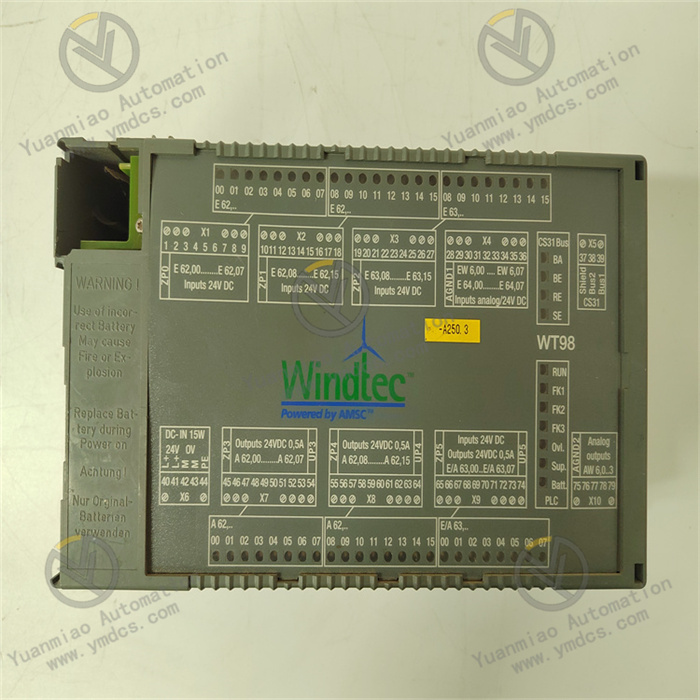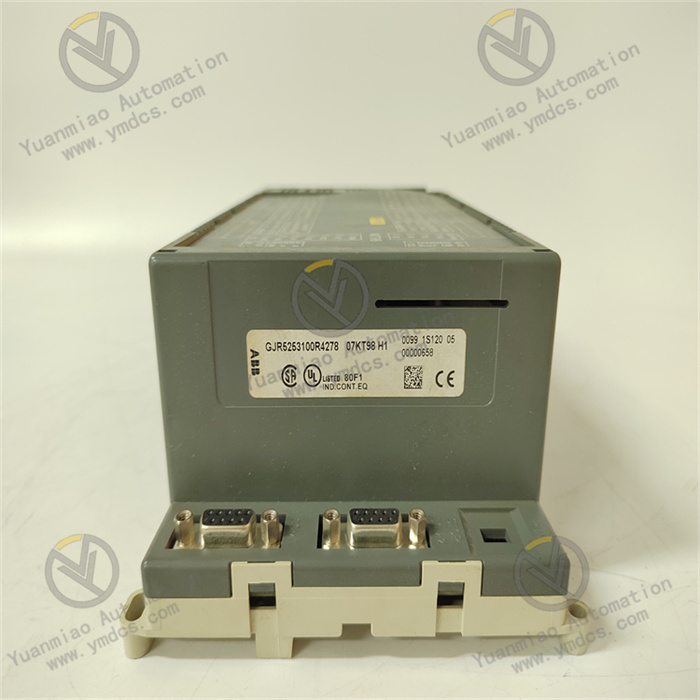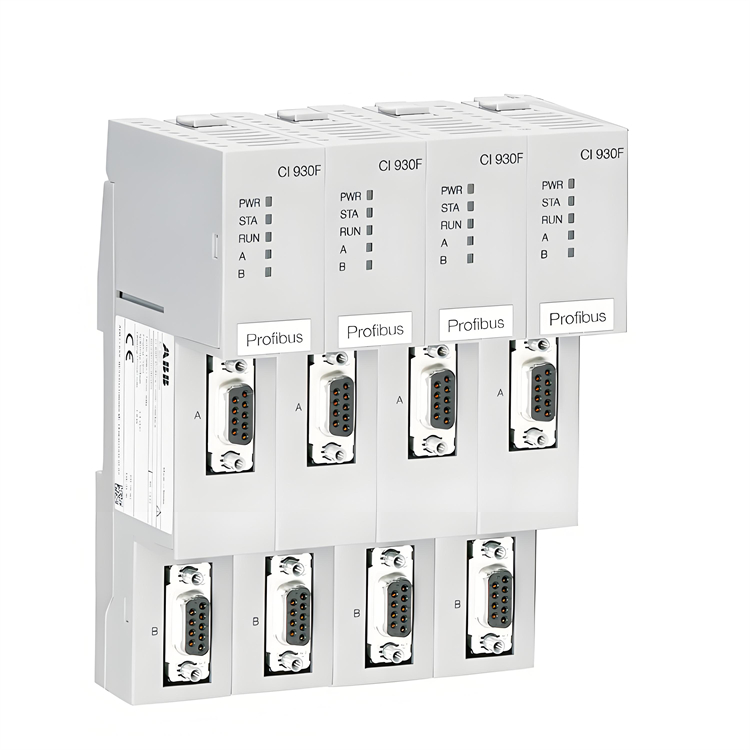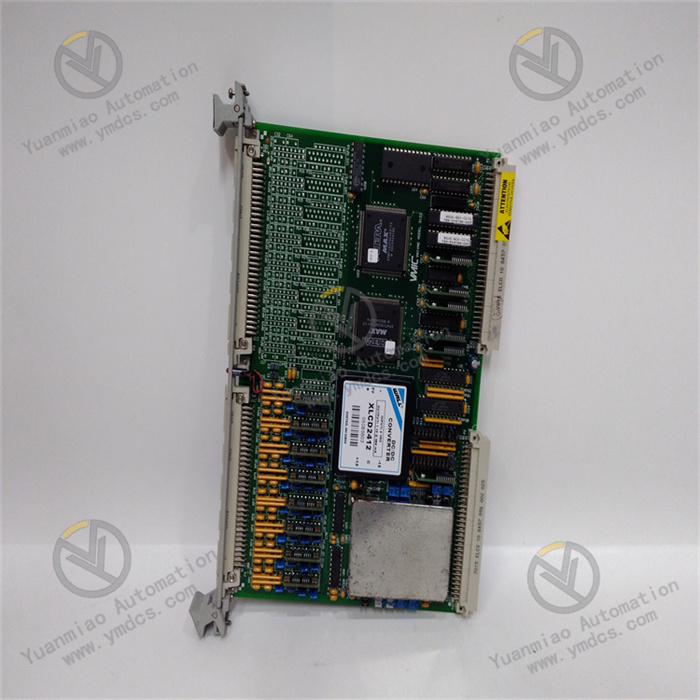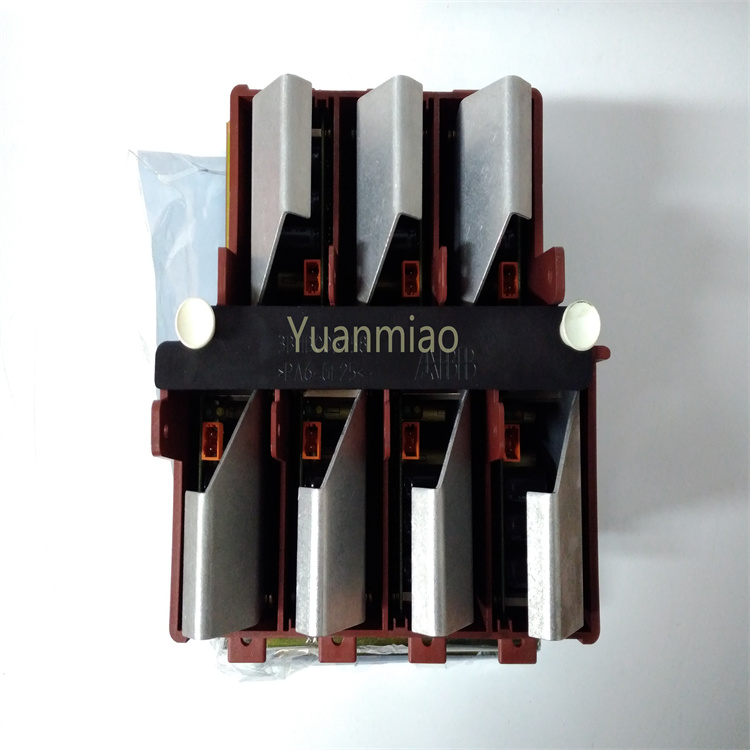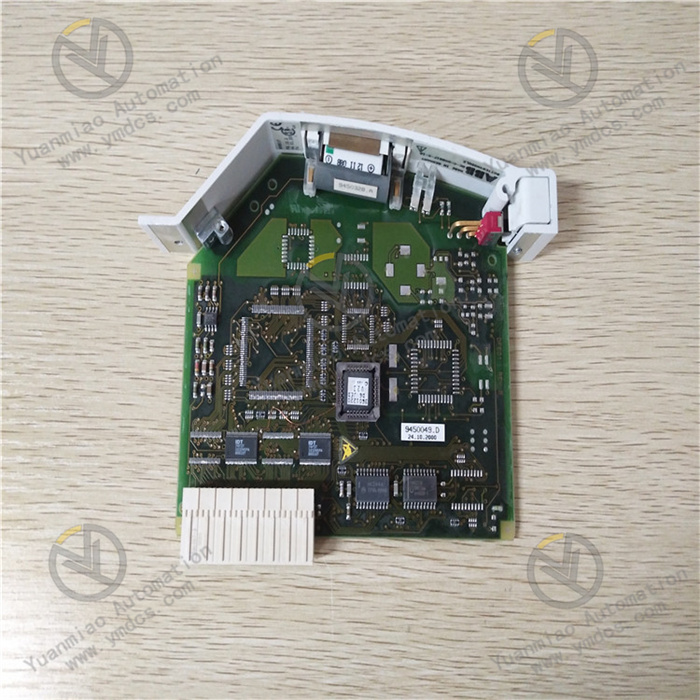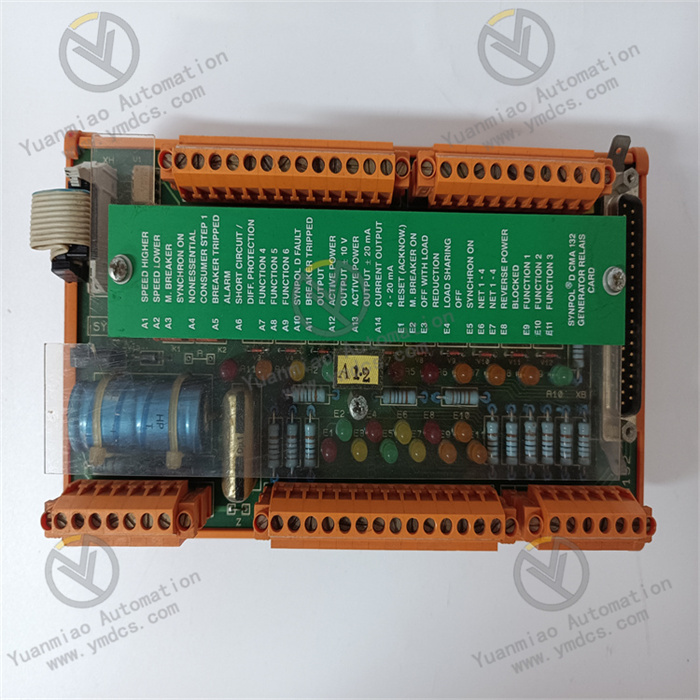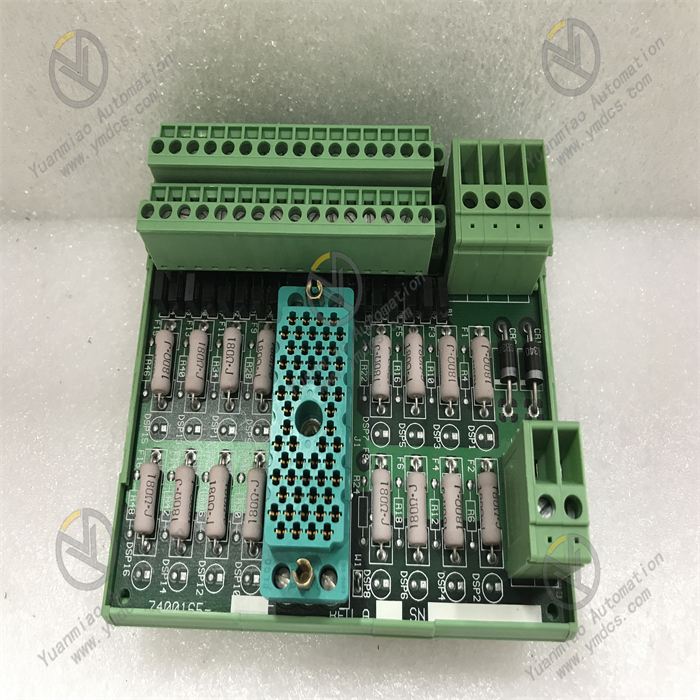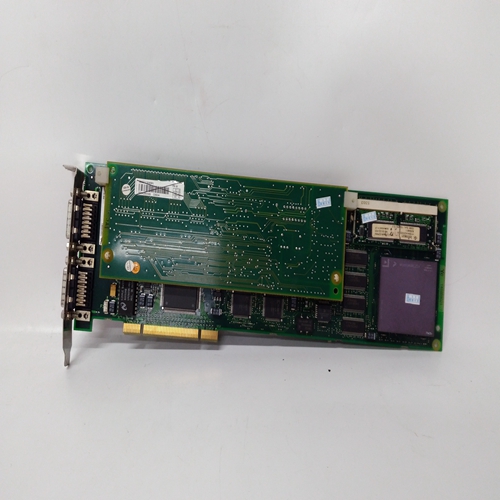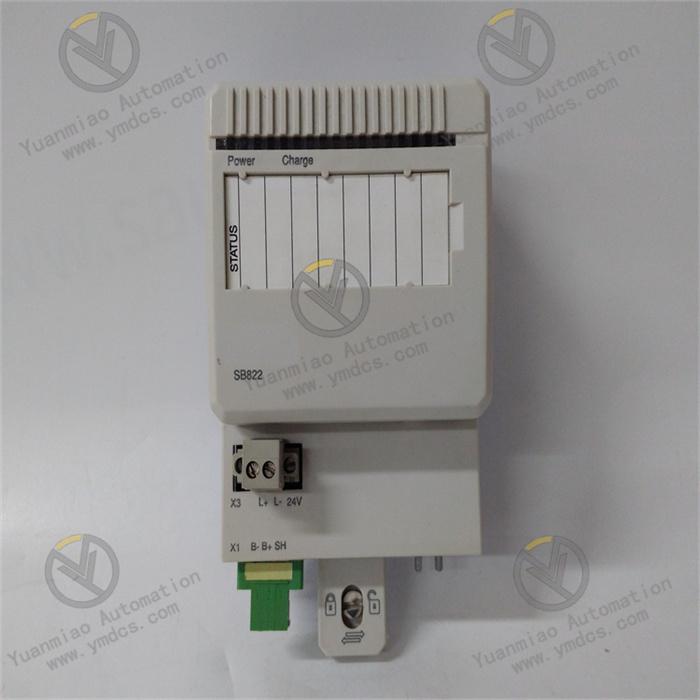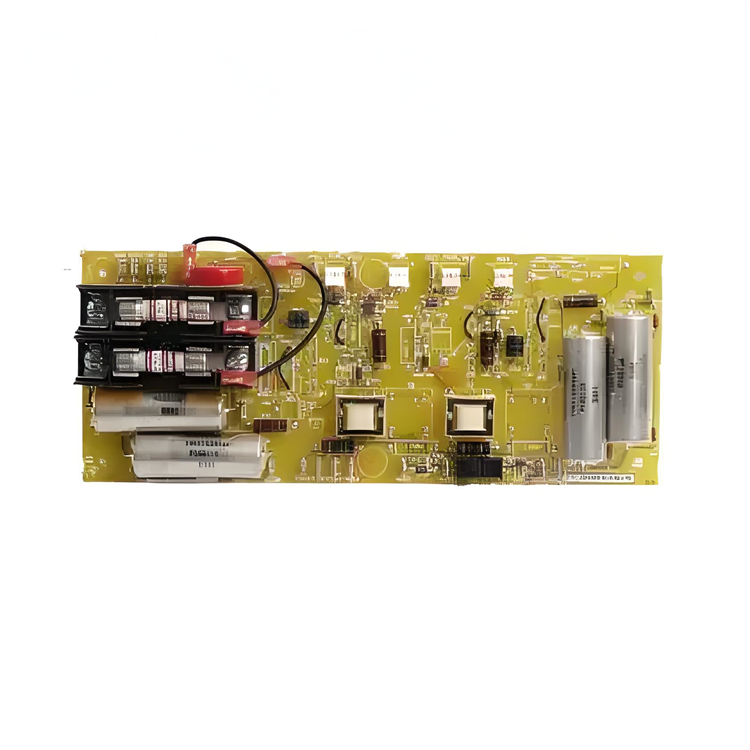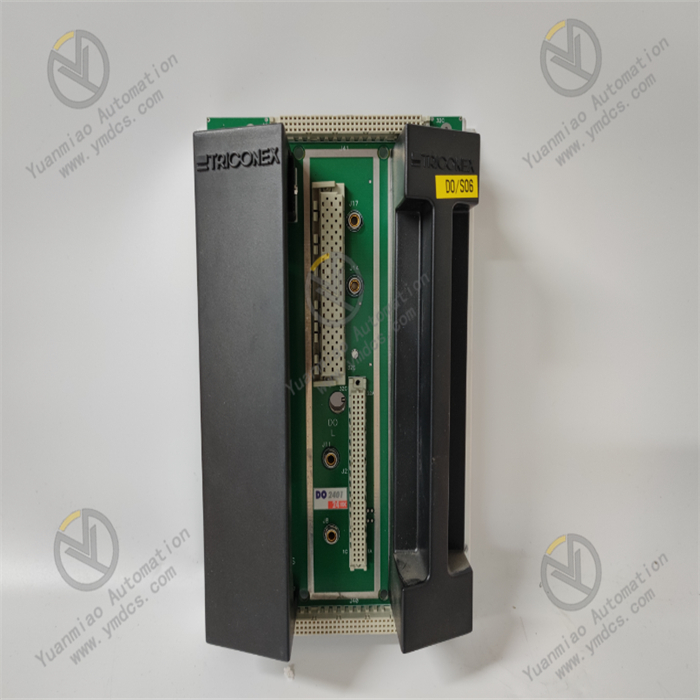Description
ABB 07KT98 GJR5253100R0278
I. Functional Positioning and Application Scenarios
Positioning
It belongs to the controller module of ABB Advant Controller 31 series, serving as the core control unit in industrial automation systems. It is mainly used for real-time data processing and logical control in small to medium-sized control loops, and is compatible with distributed I/O modules (such as the 07DC series) and host computers (such as ABB Freelance).
Typical Scenarios
- Process Control: Closed-loop processes such as temperature regulation of chemical mixing kettles and flow control of water treatment systems.
- Equipment Automation: Logic control for motor start/stop in packaging production lines, and 联动 control of frequency converters in material conveying systems.
- Data Acquisition: Collaborates with SCADA systems to collect on-site parameters such as pressure and liquid level and upload them to the central control room.
II. Functional Features
High-performance Processing Capacity
- Equipped with a 100MHz processor, supporting high-speed execution of PID control algorithms and logical operations, with a response time ≤5ms.
- Built-in 2MB program memory + 1MB data memory, capable of storing small to medium-sized control programs (such as single-variable PID models) and historical data.
Flexible I/O Configuration
- Analog Input (AI): 8 channels, supporting 4-20mA, 0-10V, PT100 thermal resistors, with 12-bit accuracy and electrical isolation.
- Analog Output (AO): 4 channels, outputting 4-20mA/0-10V, supporting loads ≤500Ω, and capable of driving control valves and frequency converters.
- Digital Input/Output (DI/DO): 8 channels each. DI supports 24V DC level detection, and DO is relay output (250V AC/2A), suitable for switching control.
Multi-protocol Communication Capability
- Standard with Ethernet, RS-232, and RS-485 interfaces, supporting protocols such as Modbus RTU and Profinet.
- Supports cascading with main controllers and distributed I/O modules to achieve system expansion (supporting up to 128 I/O points at maximum).
High-reliability Design
- Wide-temperature operation: -40°C to +70°C, adapting to high-temperature (such as boiler rooms) or low-temperature (such as cold storage) environments.
- Electrical isolation: Isolation voltage ≥2500V AC between I/O channels and CPU, resistant to electromagnetic interference (complying with EN 61000 standards).
- Hot-swapping support: Enables module replacement during system operation to reduce downtime.
III. Technical Parameters
| Parameter Type | Specific Indicators |
|---|---|
| Processor | 100MHz microprocessor |
| Memory | 2MB program memory, 1MB data memory |
| Analog Input | 8 channels, 12-bit accuracy, supports 4-20mA/0-10V/PT100 |
| Analog Output | 4 channels, 12-bit accuracy, 4-20mA/0-10V, max. load 500Ω |
| Digital Input/Output | DI: 8 channels (24V DC); DO: 8 channels (relay, 250V AC/2A) |
| Communication Interfaces | Ethernet, RS-232, RS-485 (supports Modbus, Profinet) |
| Power Supply | 24V DC (±15%), power consumption ≤10W |
| Mechanical Characteristics | Dimensions: 17cm×2.5cm×11.2cm, weight: 0.165kg |
IV. Working Principle
Signal Processing Flow
- Input Stage: AI channels collect sensor signals (such as PT100 resistance values) and convert them into digital quantities; DI channels detect switch states (such as the on/off of limit switches).
- Calculation Stage: The CPU processes data according to preset programs (such as PID algorithms) to generate control quantities (such as valve opening commands).
- Output Stage: AO outputs analog signals to drive actuators (such as control valves); DO controls relay actions (such as motor start/stop).
System Integration Mode
- Communicates with host computers via Ethernet to upload real-time data (such as reactor pressure) and receive setpoint modification commands.
- Supports cascading distributed I/O modules (such as 07DC91) to expand system capacity (up to 128 I/O points at maximum).
V. Troubleshooting Guide
Communication Abnormality
- Phenomenon: The host computer cannot read module data, and the communication indicator (COM LED) flashes abnormally.
- Troubleshooting: Check if Ethernet/RS-485 cables are loose and whether the shield is well-grounded. Confirm that communication parameters (baud rate, IP address) are consistent with the host computer. Restart the module or replace the interface chip.
I/O Signal Deviation
- Large AI deviation: Measure sensor outputs (such as 4-20mA signals) with a multimeter. Check if cables are short-circuited/open, and recalibrate channels through module diagnostic software.
- No DO output: Manually short-circuit DO terminals. If the actuator acts, the relay contacts are damaged, and the module needs to be replaced.
Power Failure
- Phenomenon: The power indicator (POWER LED) is off, and the module does not respond.
- Troubleshooting: Measure the voltage at the power terminals to ensure it is within the range of 20.4-27.6V DC. Check if the fuse is blown and replace the power module (if in a redundant configuration).
VI. Typical Application Cases
Liquid Level Control for Beverage Filling Lines
- AI collects liquid level sensor signals (4-20mA) from filling valves. The CPU runs PID algorithms to generate AO signals (0-10V) to adjust the opening of feed valves. DI monitors the status of bottle position sensors, and DO controls the start/stop relay of filling. It communicates with PLC via Ethernet to achieve production line data monitoring.
Combustion Control for Small Boiler Houses
- AI accesses PT100 to monitor furnace temperature and 4-20mA to collect pressure signals. AO outputs to control the frequency of induced draft fan frequency converters. DI detects the limit switches of air dampers, and DO ignition relays. It interacts with touch screens via RS-485 to set parameters.
VII. Comparison with Similar Products (vs ABB 07CR41)
| Parameter Dimension | ABB 07KT98 | ABB 07CR41 |
|---|---|---|
| Processor Performance | 100MHz (higher clock speed) | 20MHz (16-bit architecture) |
| Communication Interfaces | Standard Ethernet (more convenient for remote monitoring) | Standard RS-485 (Ethernet optional) |
| Memory Capacity | 2MB program + 1MB data | 4MB program + 2MB data (larger storage) |
| Application Scenarios | Small control loops (≤64 I/O points) | Medium systems (supports more expansion) |


